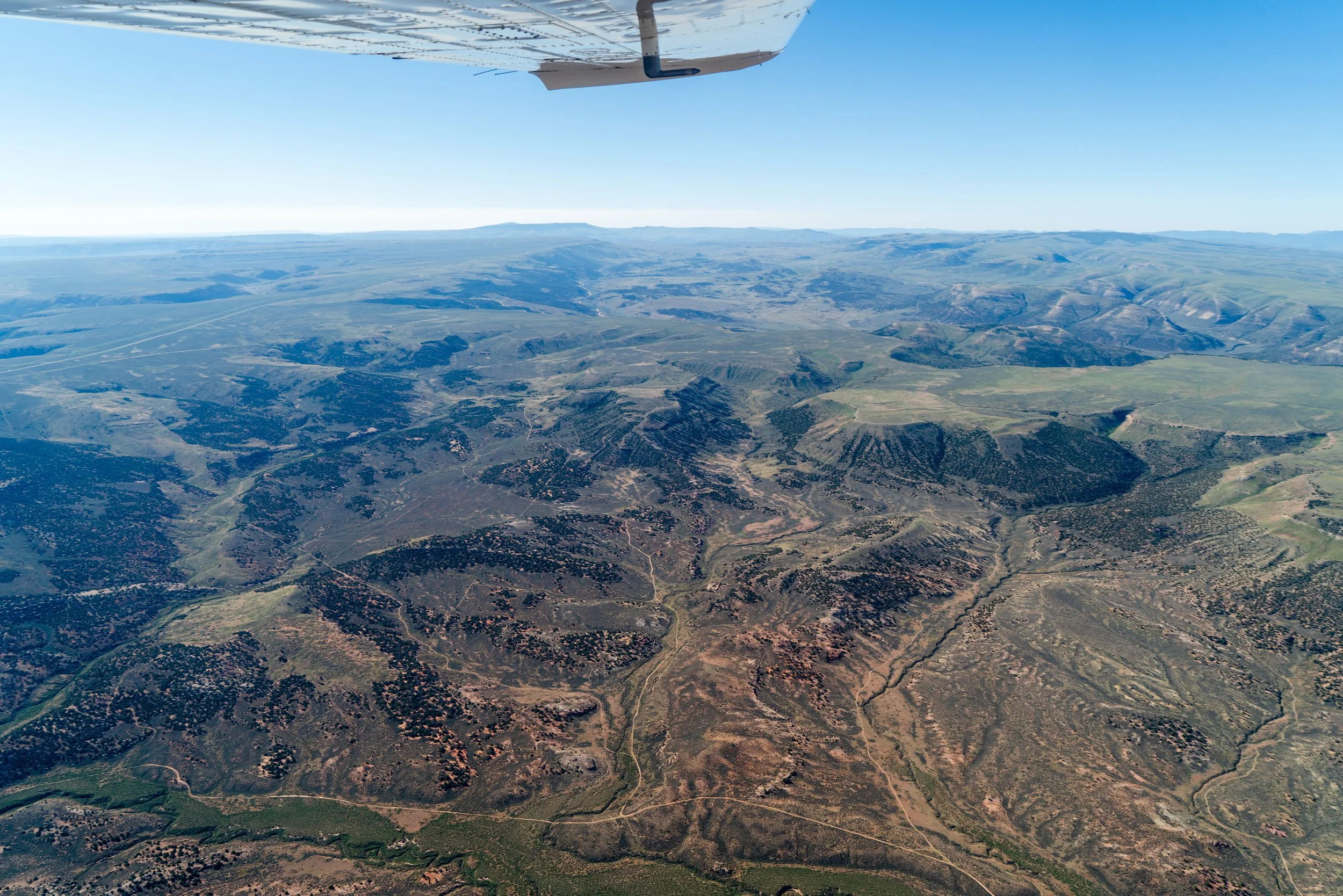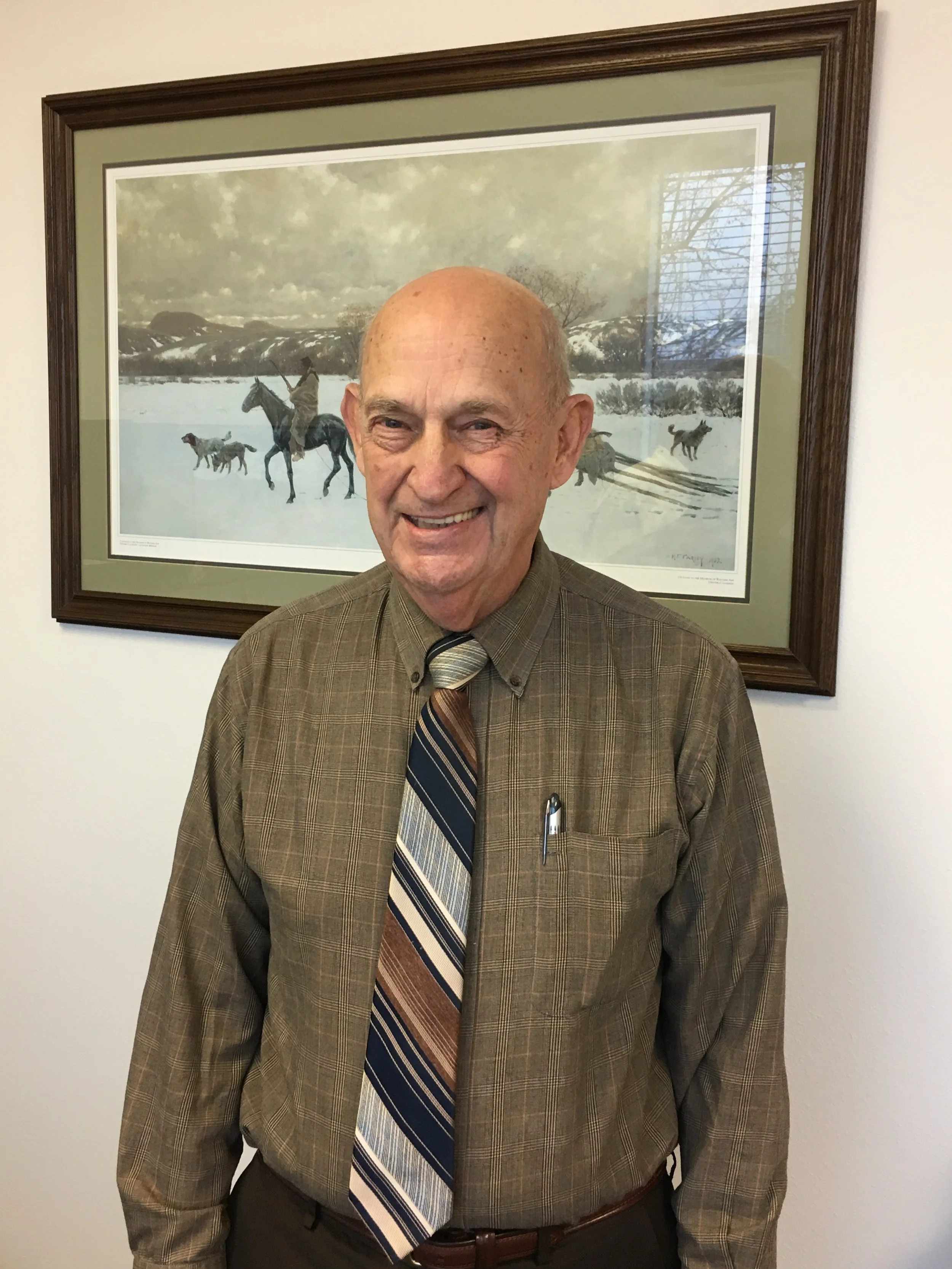http://trib.com/opinion/columns/johnson-federal-public-lands-should-be-managed-for-multiple-use/article_e6ac3f12-bf2d-50c1-a2b9-95430fa80c74.html
Johnson: Lands amendment a diversion from real issues
I am opposed to the constitutional amendment proposal (SJR3) put forward by the state legislature because it fails to first consider whether Wyoming residents would even support a transfer of federal public lands (USFS, BLM, USFWS, NPS, BOR, BLM and others) to the state.
I, like many others in the state of Wyoming, am strongly opposed to any transfer of federal land to the state. Wyoming would be unable to afford the cost of management. Additionally, sportsmen and recreational users would likely face reduced access to the places they hunt, fish, recreate and overnight camp.
The constitutional amendment proposes strategies for the management of land use, access and land exchanges. This amendment is based on a hypothetical transfer of federally managed public lands to the state for ownership or management. With this in mind, why should we waste our time with a constitutional amendment that addresses an imaginary land transfer that, as Gov. Matt Mead has stated, is, “…legally and financially impractical….” (Dec. 12, 2016, Casper Star-Tribune).
It seems to me that the Wyoming Select Federal Natural Resource Management Committee has the cart before the horse. This is especially true when one considers the $90,000 cost associated with notifying the public in the newspapers what will be on the ballot, let alone the actual cost of taking a constitutional amendment to the voters. It would be wise for the legislature to first ask Wyoming residents whether or not they would endorse such transfer.
Sweetwater County residents love the wide open spaces of their federally managed public lands. Even though we do not always agree with federal land management policies or actions, we have established a long tradition of working closely with our federal agencies to resolve differences and to strive for balanced solutions.
These federally managed public lands form the very foundation of our heritage and economy. They are the places where we make our living and places where we teach our children and grandchildren to hunt and fish, ride and camp. They are lands where we can simply enjoy sunrises and sunsets.Top of Form
Bottom of FormThe constitutional amendment is a diversion from working on real solutions for public land management, such as Sweetwater County working with stakeholder groups and the BLM to develop a plan for responsibly managing oil and gas development, especially in the Greater Little Mountain Area
The idea of a constitutional amendment divides Wyoming residents, which is not good for our federal public lands or our state. These public lands are our places and we intend to keep them in federal hands. Merely passing an amendment, which doesn’t allow a net loss of public lands, does not protect the places that we rely on and cherish. In fact, it would only embolden those in congress and the state who wish to enact a scheme for transferring public lands out of federal control to the state.
The constitutional amendment does not clearly prohibit the sale of federal lands acquired by the state, and the provision to allow value for value land exchanges does not account for the impact of such exchanges on communities, hunting and fishing and other recreational opportunities. Without an agreed-upon definition of multiple use or sustained yield in the proposed amendment, it is difficult to tell whether transferred lands will have the same multiple use opportunities or sustain yield requirements as they have had under federal control.
I strongly believe that Wyoming should reject any efforts, plans or schemes for the transfer of federal lands to the state, whether for ownership or management, and I oppose the proposed constitutional amendment.
Wally Johnson serves on the Sweetwater County Commission. This is his personal opinion and is not meant to represent the Commission as a whole.
Ranching with cutthroat trout-an excercise in partnership
Leinweber, Steffen: Support new approach to conservation
"A Master Leasing Plan for the Greater Little Mountain area would help to protect this prized habitat and ensure that Wyoming hunters for generations can continue to find big game on our public lands."
Johnson: A vacant bully pulpit on federal public lands
"In this age of political activism there lies an unused tidal wave of support for an elected official willing to stand up in defense of American public lands. We need that person, the next Teddy Roosevelt, to rise up."
Read Wyoming Wildlife Federation Public Lands Coordinator's op-ed from February 13, 2017
Sweetwater County Related Hunting & Fishing Spending, 2015
According to the USFWS report, $683.7 million was spent on hunting, fishing and wildlife-associated recreation in Wyoming in 2011.
According to the University of Wyoming economic report for Sweetwater County, approximately $14.2 million was spent by hunters and anglers in Sweetwater County, WY in 2015.
Check out the Sweetwater County hunting & fishing report here
Johnson: Work together to keep Little Mountain special
Sportsmen leery of oil and gas development
Monte Morlock's Letter to the Editor
A letter to the editor was written by Monte Morlock, a Greater Little Mountain Coalition member, describing the value of the Greater Little Mountain area and that a Master Leasing Plan is an important management tool to move forward. Published in the Rock Springs Rocket Miner on December 3, 2015 and in the Casper Star Tribune on December 5, 2015.
Let’s keep Greater Little Mountain as Wyoming’s recreation, wildlife ‘crown jewel’
Wyoming is a great state, full of extraordinary places to hunt, fish, hike and camp that it takes a lot for one to stand out. For me, the Greater Little Mountain area (southern Sweetwater County) stands out from all the rest in part because it’s a hidden gem. When you’re there you don’t see many folks, if anyone at all, you feel like you’ve wandered into a natural paradise that few people know about. Former Gov. Dave Freudenthal called it “the crown jewel for wildlife and recreation.” Its home to some of the best trophy big-game populations in the state as well as small, clear streams that wind through the grassy hills and contain native Colorado River cutthroat trout. The views from Little Mountain whether looking out over the Red Creek Badlands towards Pine Mountain or over the Marsh Creeks towards the Flaming Gorge, are second to none.
This area, with its large swaths of intact wildlife and fish habitat, inspires so much passion that people from a wide range of backgrounds – union members, sportsmen and women, conservationists, community members – have come together to ensure it remains one of Wyoming’s greatest treasures.
The Rock Springs office of the Bureau of Land Management is revising its Resource Management Plan, which includes the Greater Little Mountain area. The plan will guide what happens on public lands across the roughly half-million-acre landscape for the next couple decades.
About half the area is already under oil and gas leases. Sportsmen and women support responsible, balanced use of public lands, including energy development. However, not every area is suitable for drilling because of its importance as a native trout fishery, big-game winter range or wildlife migration corridor. If development occurs, safeguards must be in place to maintain fish and wildlife populations and habitat.
The Greater Little Mountain Coalition has encouraged the BLM to write a master leasing plan, which would take a big-picture look at areas where mineral and wildlife resources overlap to address potential conflicts upfront. Now is the time to decide what is important to us as sportsmen and women and Wyomingites and shape the kind of future we want for our children and grandchildren.
Monte Morlock
January 26, 2016 GLMC Management Proposal
The Coalition is proposing the following resource management prescriptions for the Greater Little Mountain Area:
Implementation of a Master Leasing Plan (MLP);
Creation of additional no surface occupancy (NSO) in specific management areas of Sugarloaf Basin, Sage Creek and Pine Mountain to protect fish and wildlife habitat and recreational opportunities;
Maintain existing management in Currant Creek and Red Creek management areas;
Controlled surface use stipulations (CSU); and
Management for responsible energy development.
Check out Greater Little Mountain Coalition's Management Proposal








